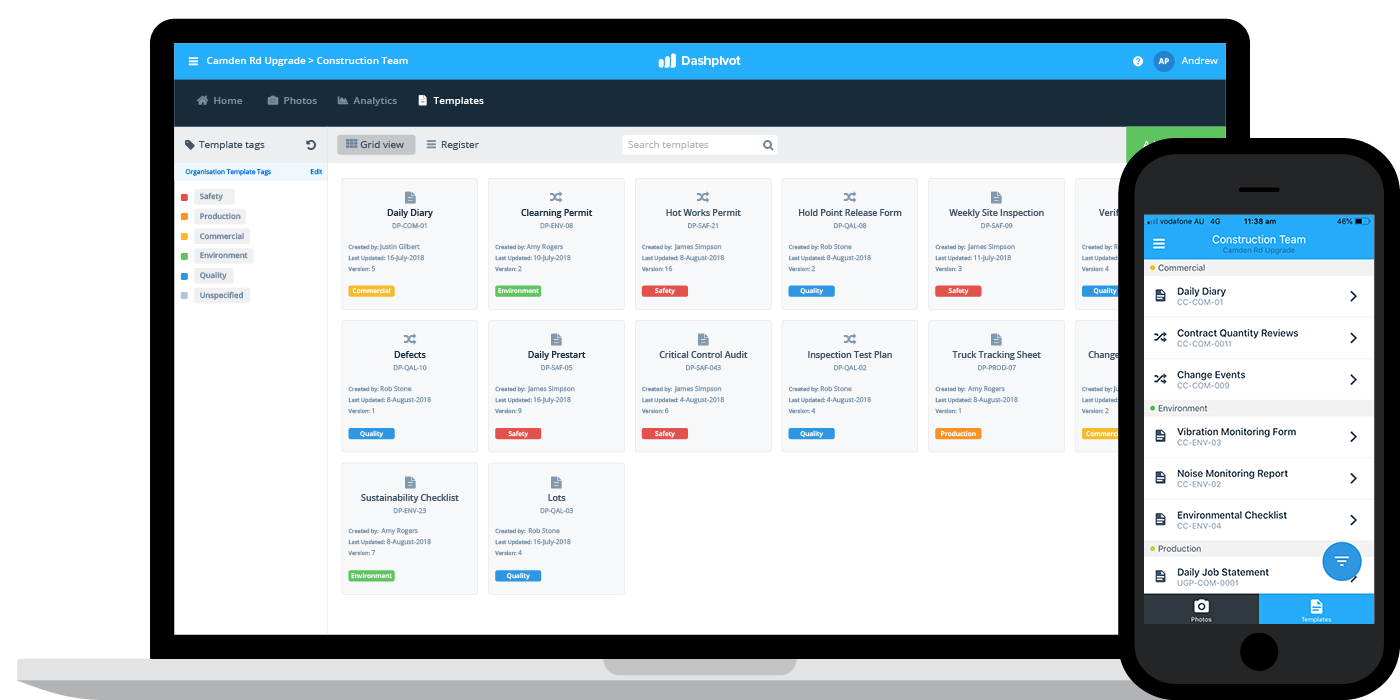Navigating Complexity: How Construction Document Management Software Program Can Assist
Navigating Complexity: How Construction Document Management Software Program Can Assist
Blog Article
Optimizing Job Collaboration: Engineer's Best Practices in Building File Administration
In the elaborate world of architectural projects, the reliable monitoring of building and construction papers stands as a cornerstone for success. In the middle of this complexity lies an essential question: how can architects simplify collaboration procedures to improve project outcomes?
Leveraging Cloud-Based Systems
By transitioning from conventional paper-based systems to shadow options, designers can improve cooperation, boost record accessibility, and boost overall task effectiveness. This accessibility promotes seamless interaction and coordination among job stakeholders, leading to fewer mistakes and hold-ups in the building and construction procedure.
In addition, cloud-based platforms supply a safe atmosphere for storing sensitive project information, supplying encryption, routine backups, and customer authorization settings to safeguard data honesty. Designers can likewise gain from the scalability of cloud services, allowing them to readjust storage space capacity and capability based on job requirements. Generally, leveraging cloud-based systems equips designers to enhance their construction document management procedures, driving higher collaboration, performance, and success in their projects.
Executing Variation Control Equipment
Having actually developed the advantages of cloud-based platforms in construction file monitoring, designers can now enhance their document control processes by implementing Version Control Systems. Version Control Systems (VCS) are necessary tools that track modifications in files, making certain that staff member are always collaborating with the most up to date and most exact details. By carrying out VCS, architects can preserve a centralized repository where all job documents are kept, allowing seamless collaboration while lessening the risk of errors and variation conflicts.
One key advantage of Version Control Systems is the capability to track the total history of document changes, allowing customers to revert to previous versions if needed (construction document management). This attribute is particularly important in construction tasks where style models and alterations prevail. Furthermore, VCS helps with far better interaction amongst team members by providing a clear audit path of who made certain adjustments and when they were made. This openness not only boosts liability yet additionally helps in dealing with disputes or disparities that might occur during the task lifecycle.
Establishing Interaction Protocols
To guarantee effective and reliable job sychronisation, designers need to develop clear and robust interaction protocols within their building document monitoring procedures. This platform might be a task management software, email strings, or cloud-based storage space options.
Furthermore, interaction procedures should likewise include standards on how to manage problems, change orders, and urgent concerns that may occur during the job lifecycle. Establishing a structured approach to communication guarantees that all stakeholders are on the same web page, advertises transparency, and eventually adds to the successful completion of the building project.
Utilizing BIM Software for Coordination
BIM software program plays a pivotal role in boosting sychronisation among job group participants in the construction industry. Building advice Info Modeling (BIM) promotes partnership by providing a central system where designers, designers, professionals, and other stakeholders can interact in a coordinated manner. Via BIM software application, project participants can access and update a common model which contains detailed details regarding the structure style, building and construction components, and job timetables.

Additionally, BIM software allows real-time cooperation and interaction among staff member, despite their physical location. Through cloud-based BIM platforms, job stakeholders can access the most recent job info, track adjustments, and make notified choices without delay. In general, leveraging BIM software program for sychronisation improves task effectiveness, performance, and ultimately causes effective project results.
Ensuring Data Safety And Security and Compliance
In the world of building document monitoring, guarding data honesty and ensuring regulative compliance are paramount considerations for engineers and other project stakeholders. Architects have to apply robust protection actions to secure sensitive job details from unauthorized gain access to or breaches.

Final Thought
To conclude, designers can maximize task cooperation in building file monitoring by leveraging cloud-based platforms, executing variation control systems, establishing interaction methods, utilizing BIM software application for control, and making sure information safety and security and compliance. These best techniques aid improve the building and construction process, boost communication amongst task stakeholders, and improve performance in project shipment. By complying with these guidelines, engineers can effectively manage construction files and assist in successful project results.
Through BIM software program, project individuals can access and update a common design that consists of in-depth info concerning the building style, building and construction elements, and task routines.
Through cloud-based BIM systems, job stakeholders can access the most recent job info, track changes, more info here and make educated choices promptly - construction document management. In general, leveraging BIM software for control enhances job effectiveness, productivity, and eventually leads to successful job end results
In final thought, architects can optimize project collaboration in building and construction document monitoring by leveraging cloud-based platforms, executing version control systems, developing interaction methods, using BIM software application for coordination, and guaranteeing information safety and compliance. These ideal methods aid simplify the building procedure, boost interaction among project stakeholders, and boost performance in project delivery.
Report this page